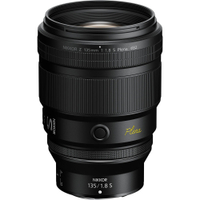Digital Camera World Verdict
I love that the Viltrox AF 135mm F1.8 LAB has an ideal focal length for tight head-and-shoulders portraiture, coupled with a fast aperture that enables a tight depth of field. It combines crisp sharpness and contrast with smooth bokeh, and comes complete with high-end handling characteristics and a smart color info screen, all at a very competitive purchase price.
Pros
- +
Impressive build and image quality
- +
Customizable function buttons
- +
Click/de-click aperture ring
- +
Color LCD info display
Cons
- -
Typically chunky and heavy
- -
Limited range of mount options
- -
No aperture ring locking switch
Why you can trust Digital Camera World
This is the first of the new ‘LAB’ series of Viltrox full-frame compatible lenses. Rumor has it that 35mm, 50mm and 85mm LAB lenses will follow sooner rather than later, with super-fast apertures of f/1.2. Understandably, the 135mm lens has a slower f/1.8 aperture rating, otherwise it would be enormous. It’s still quite a chunky and hefty lens. I feel I should mention that it seems there was an issue with a few of the very first production batch of this lens and Viltrox delayed the launch until it could be addressed. Sure enough, our first sample of the lens had a noisy auto/manual focus mechanism but Viltrox was quick to send me a replacement, which proved absolutely fine during my testing. Engineered in Nikon Z and Sony E mount options, the new lens takes the fight to the Nikon Z 135mm f/1.8 S Plena and Sony FE 135mm f/1.8 G Master lenses, and aims to be among the best lenses for Nikon Z cameras and best lenses for Sony mirrorless cameras on the market.
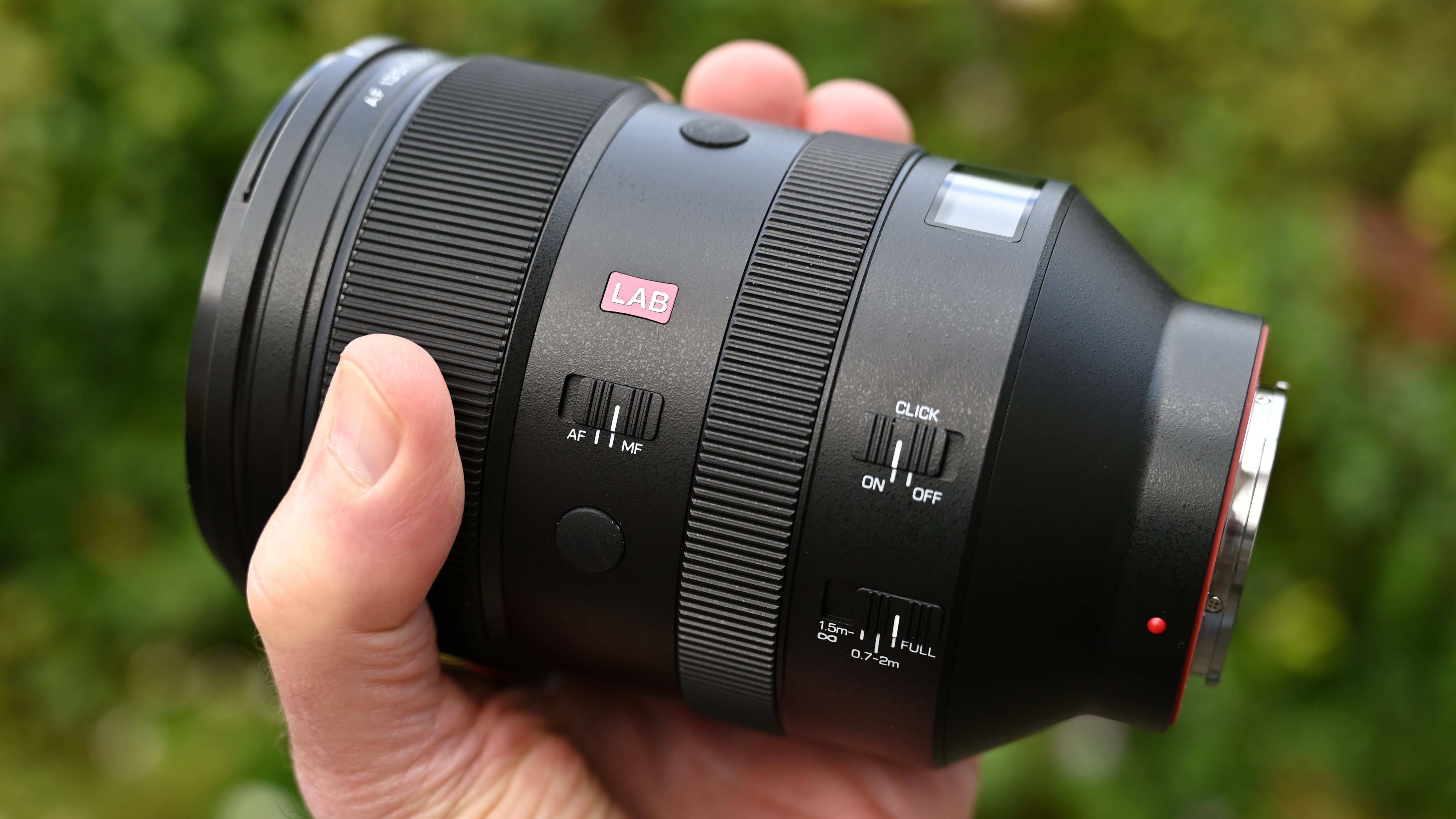
Viltrox AF 135mm F1.8 LAB: Specifications
| Mount options | Nikon Z (FX), Sony E (FE) |
| Lens construction | 14 elements in 9 groups |
| Angle of view | 19 degrees |
| Diaphragm blades | 11 |
| Minimum aperture | f/22 |
| Minimum focus distance | 0.72m |
| Maximum magnification | 0.25x |
| Filter size | 82mm |
| Dimensions | 93x146mm |
| Weight | 1300g |
Viltrox AF 135mm F1.8 LAB: Price
Pro-grade 135mm f/1.8 lenses command a high price. Need proof? Look no further than the Nikon Z 135mm f/1.8 S Plena which sells for $2497/£2649 and the Sony FE 135mm f/1.8 G Master which costs $2098/£1599. For Sony shooters, the own-brand G Master lens isn’t the only option and I’ve been impressed with the budget-friendly Samyang/Rokinon AF 135mm F1.8 FE, which is much less expensive at $799/£798. The Viltrox AF 135mm F1.8 LAB comes in at $899/£719, potentially making it great value for such a sophisticated lens.
Viltrox AF 135mm F1.8 LAB: Design & Handling
Compact and lightweight are words I can’t generally associate with full-frame compatible 135mm f/1.8 lenses, and this Viltrox is typically big and weighty. The large surface area is put to good use, with a host of design flourishes and handling exotica. Starting at the back end and working my forwards, the metal mount comes complete with a rubber weather-seal gasket, gold-plated electronic contacts and a USB-C port for applying firmware updates if and when needed. The lens barrel is also made from metal and features further weather-seals. Meanwhile, the optical layout is based on 14 elements in 9 groups and includes four ED (Extra-low Dispersion) elements and two HRI (High Refractive Index) elements. HD Nano multi-layer coatings are applied to minimize ghosting and flare, and there’s a water/grease-repellant coating on the front element. The aperture diaphragm is particularly well-rounded, with 11 curved blades.
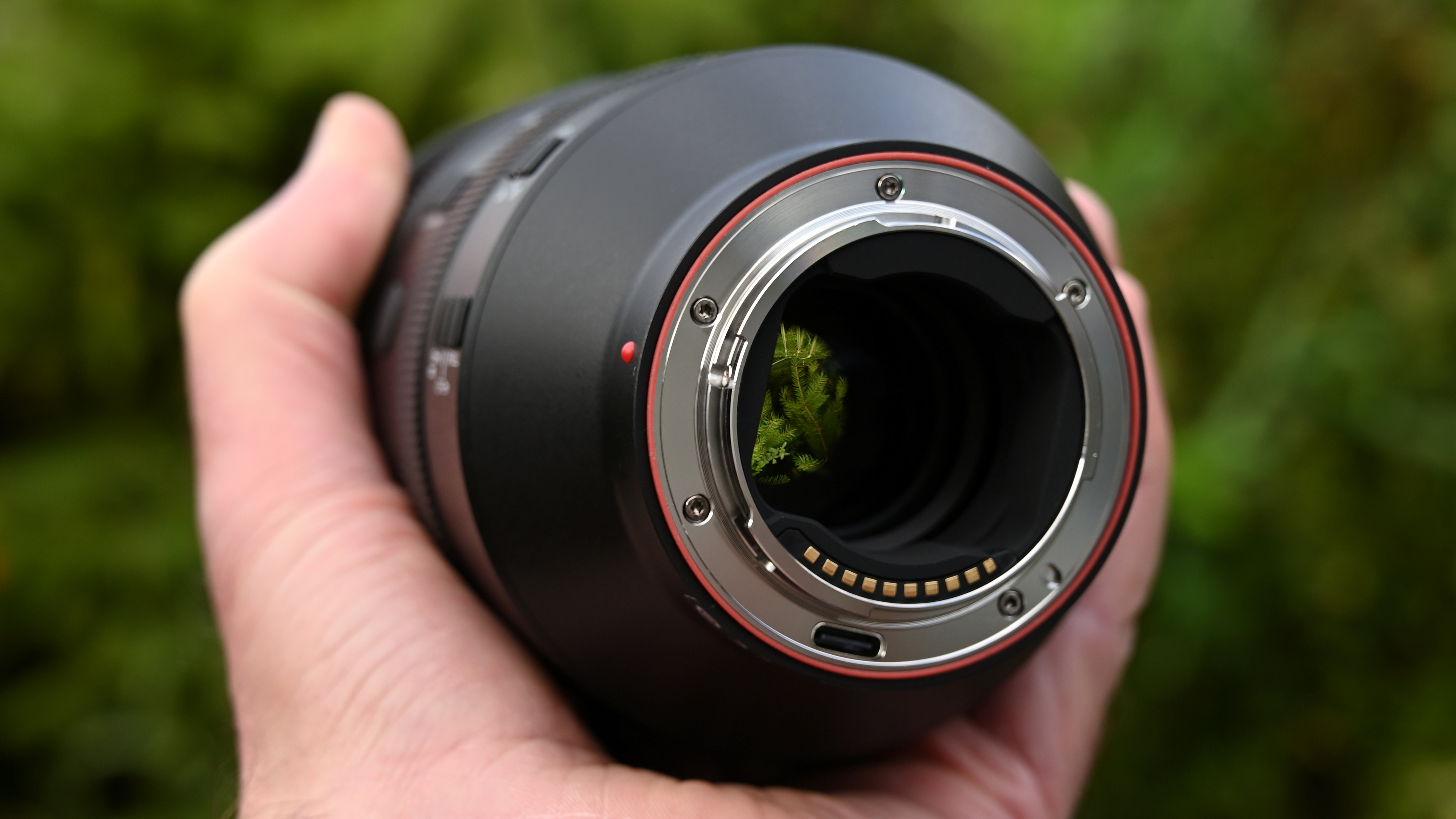
Moving up the left hand side of the barrel, the first things you encounter are switches for an autofocus range limiter and a click/de-click function for the aperture control ring. The former is a 3-pole switch that enables you to lock out the short end below 1.5m or the long end, limiting autofocus to a range of 0.72m to 2m, as well as enabling the full AF range of 0.7m to infinity. Autofocus itself is driven by a dual VCM (Voice Coil Motor) actuator, enabling swift focusing for stills and smooth virtually silent transitions for video.
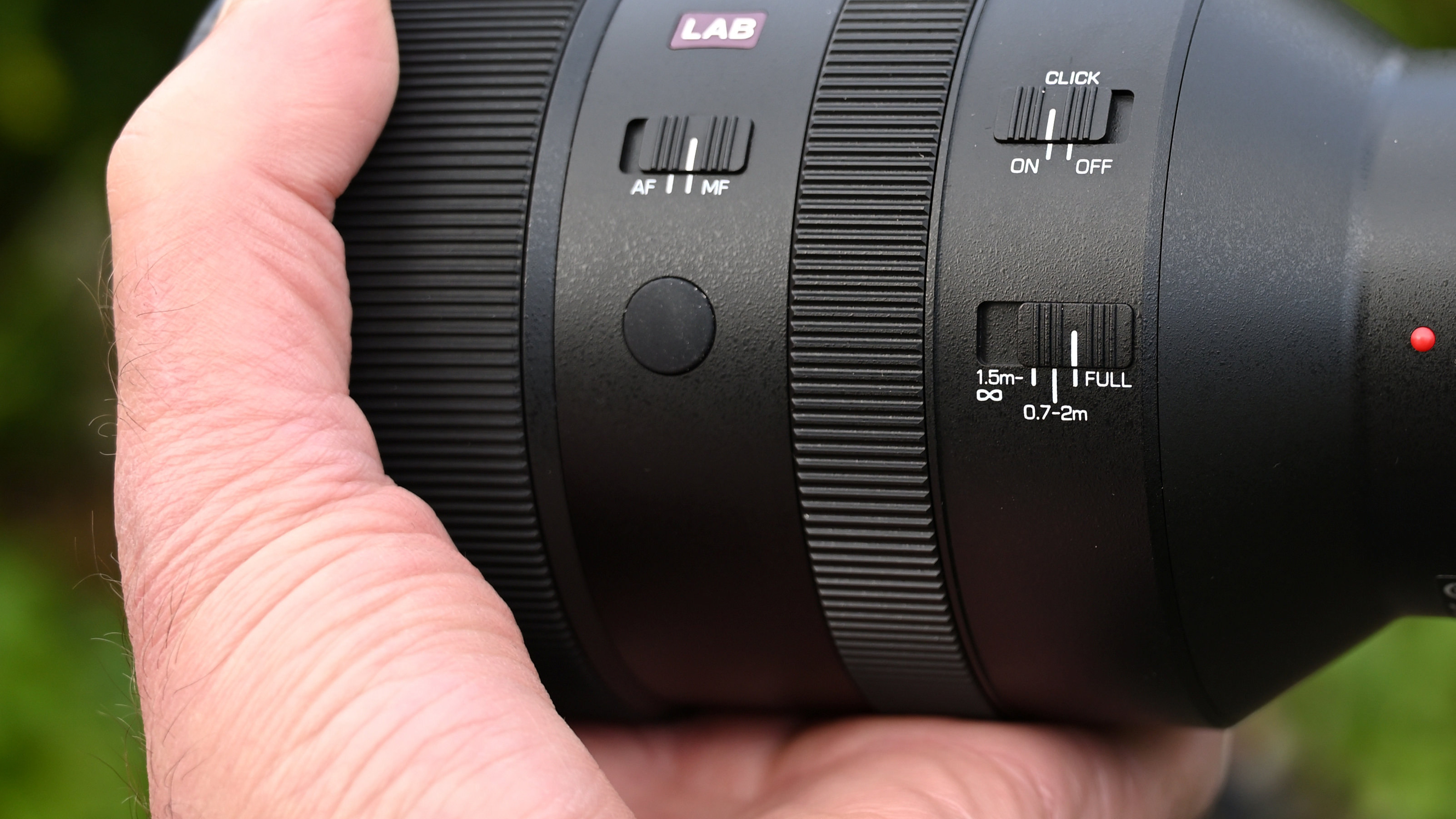
The aperture control ring is positioned just in front of the two switches and is unlike those I’ve generally encountered in Viltrox lenses. It has no markings for individual f/stops, nor interim markers in one-third f/stop increments. That’s because (camera body allowing) the control ring can be customized to take on alternative functions. You can also keep tabs on the aperture setting with a quick glance at the color LCD info screen, which I’ll come to later.
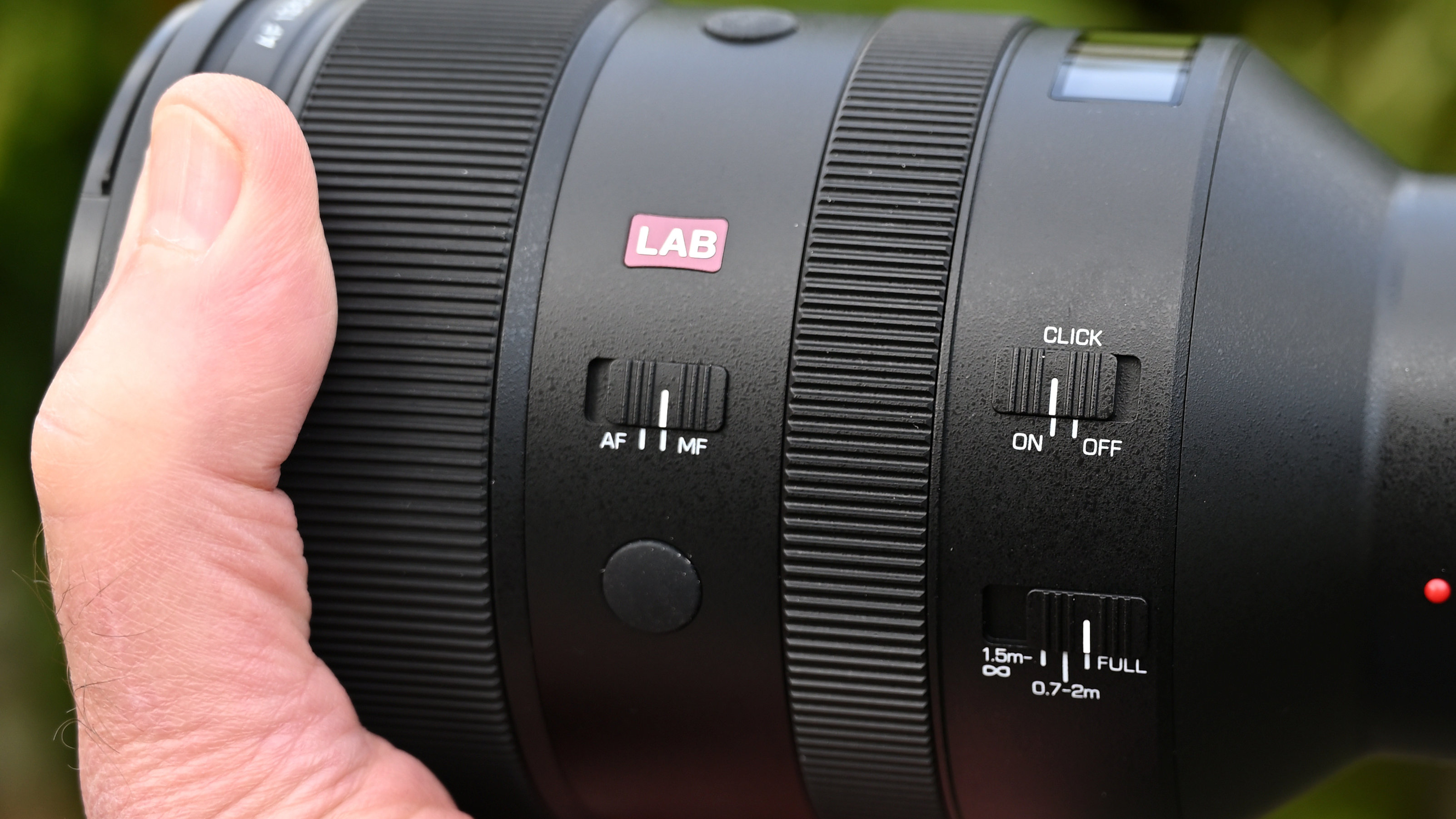
Just in front the ‘aperture’ ring, between that and the electronically-coupled focus ring, there’s an AF/MF focus mode switch and two customizable function buttons. I generally use these for autofocus-hold and I like that there are two of them, so that they fall naturally under the thumb in both landscape and portrait orientation shooting. The latter is an important point, given that the lens is ideal for portraiture.
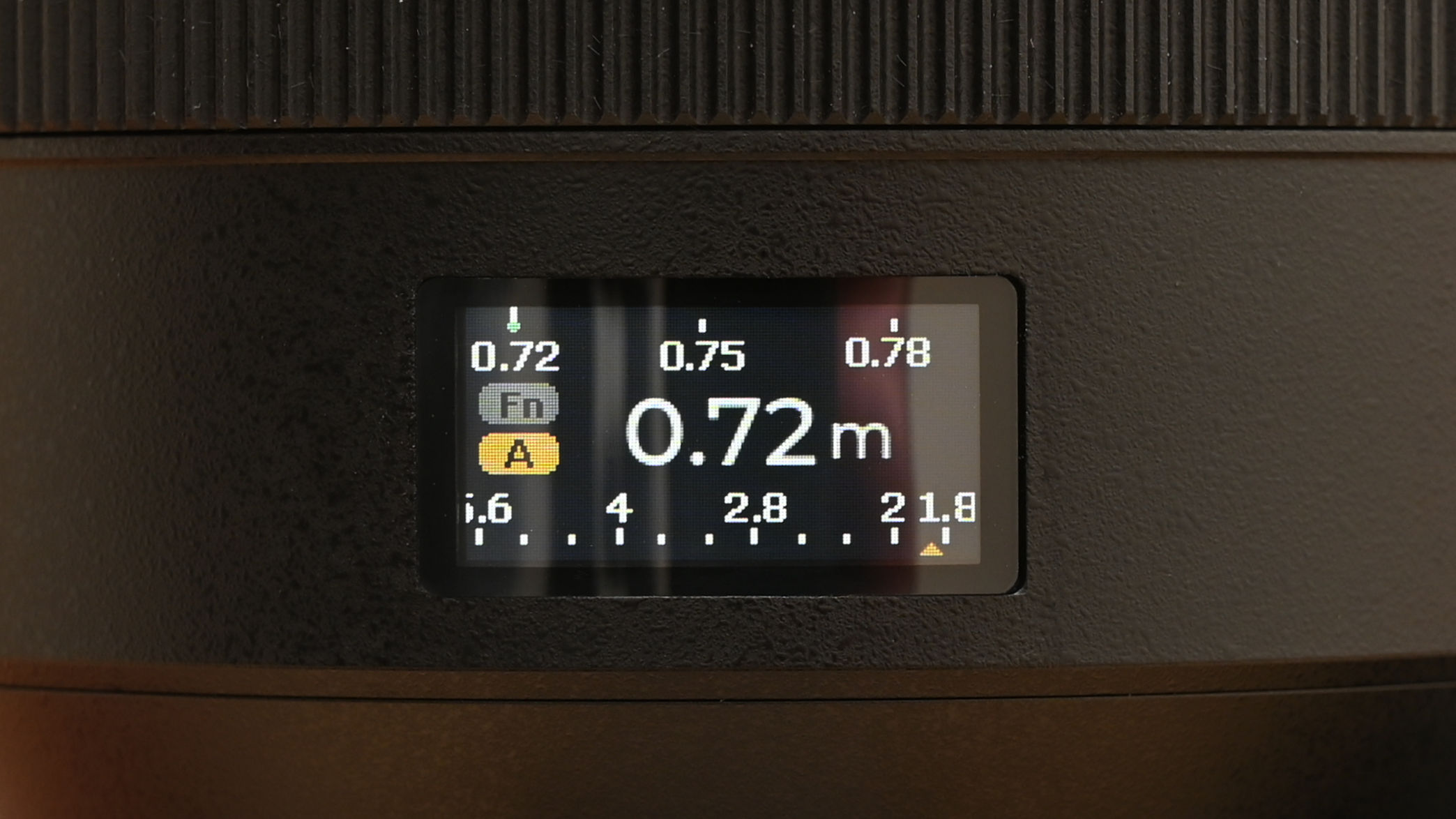
Up on top, the lens features a color LCD info panel, the same as the one I first encountered on the excellent Viltrox AF 16mm F1.8 wide-angle prime. It displays focus distance and aperture setting, and more besides. A neat trick for shooting video is that you can set A and B focus distances for smoothly transitioning between the two.
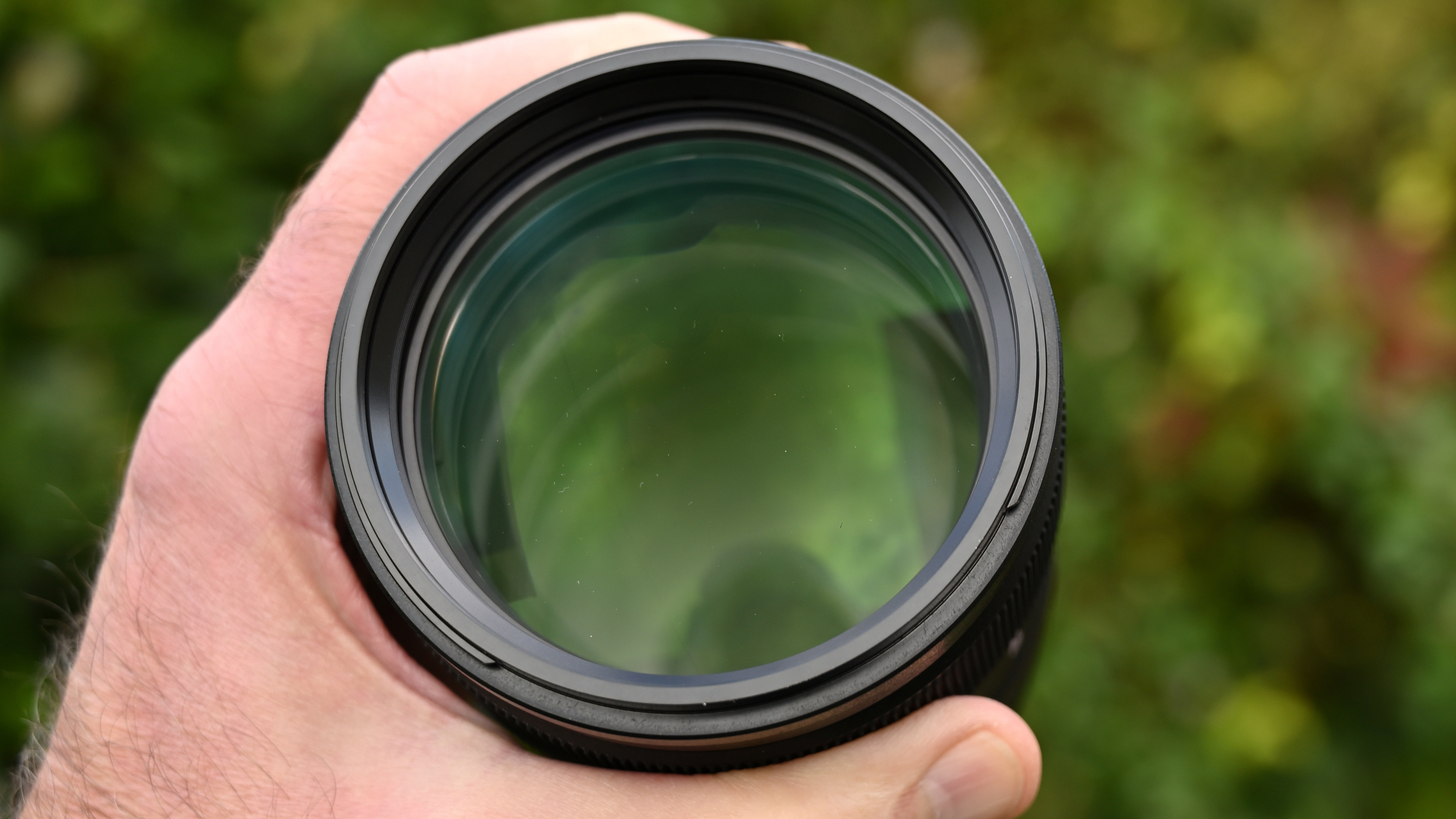
The front of the lens has typically wide-diameter glass for a 135mm f/1.8. To give a sense of scale, it has a 82mm filter attachment thread, and the lens is supplied with a large circular-profile hood which has a protective rubber ring around the front.
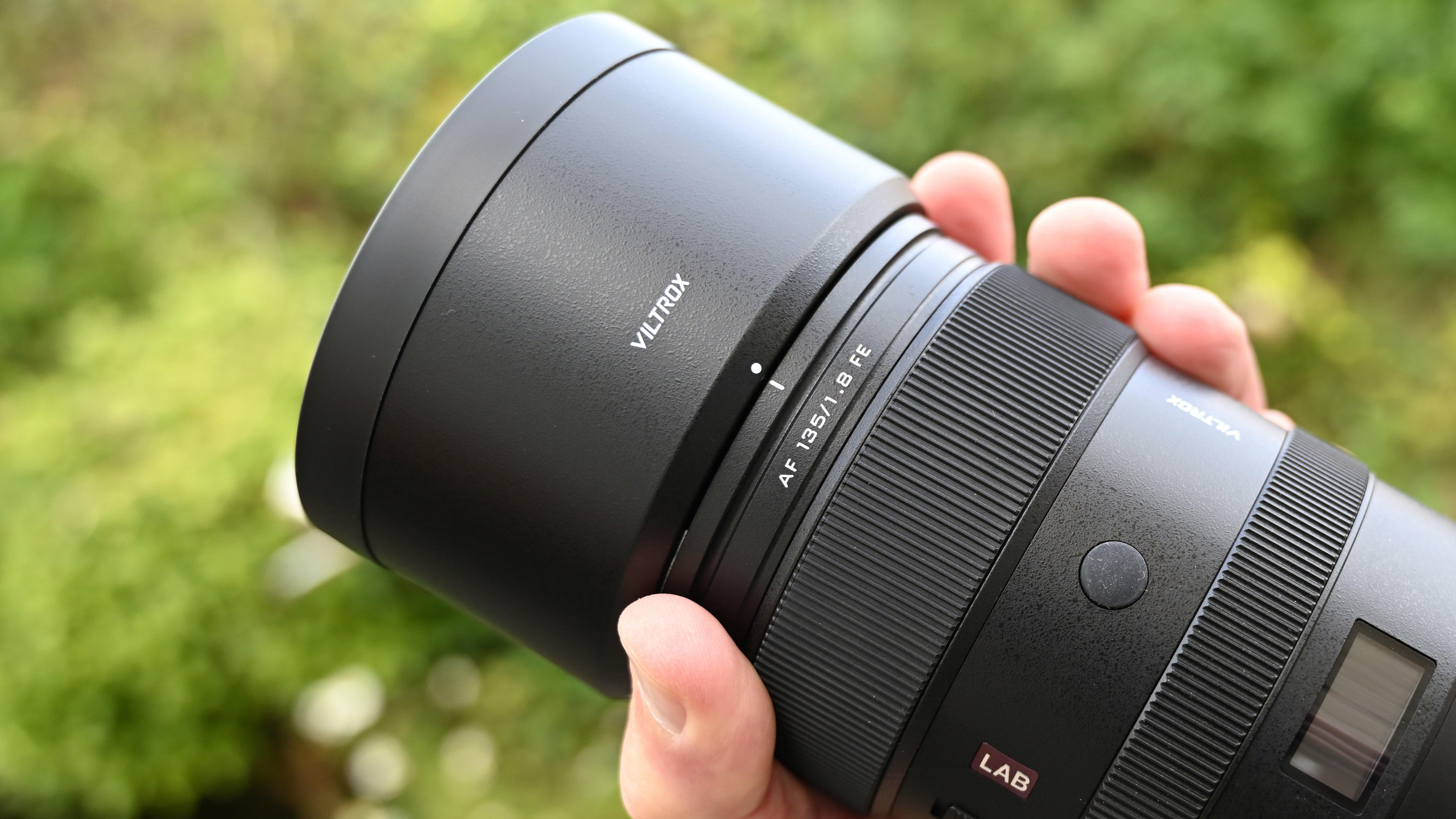
Viltrox AF 135mm F1.8 LAB: Performance
With an aperture of f/1.8 at a focal length of 135mm, the Viltrox definitely qualifies as a ‘fast’ lens. With that in mind, sharpness at the widest available aperture is always a challenge but the Viltrox is more than up to that particular task, with noticeably better edge/corner sharpness at f/1.8 than the competing Nikon Z 135mm f/1.8 S Plena and Sony FE 135mm f/1.8 G Master lenses. I’d go as far as to say the Viltrox is stunningly sharp with plenty of bite but, of course, that’s only part of the story.
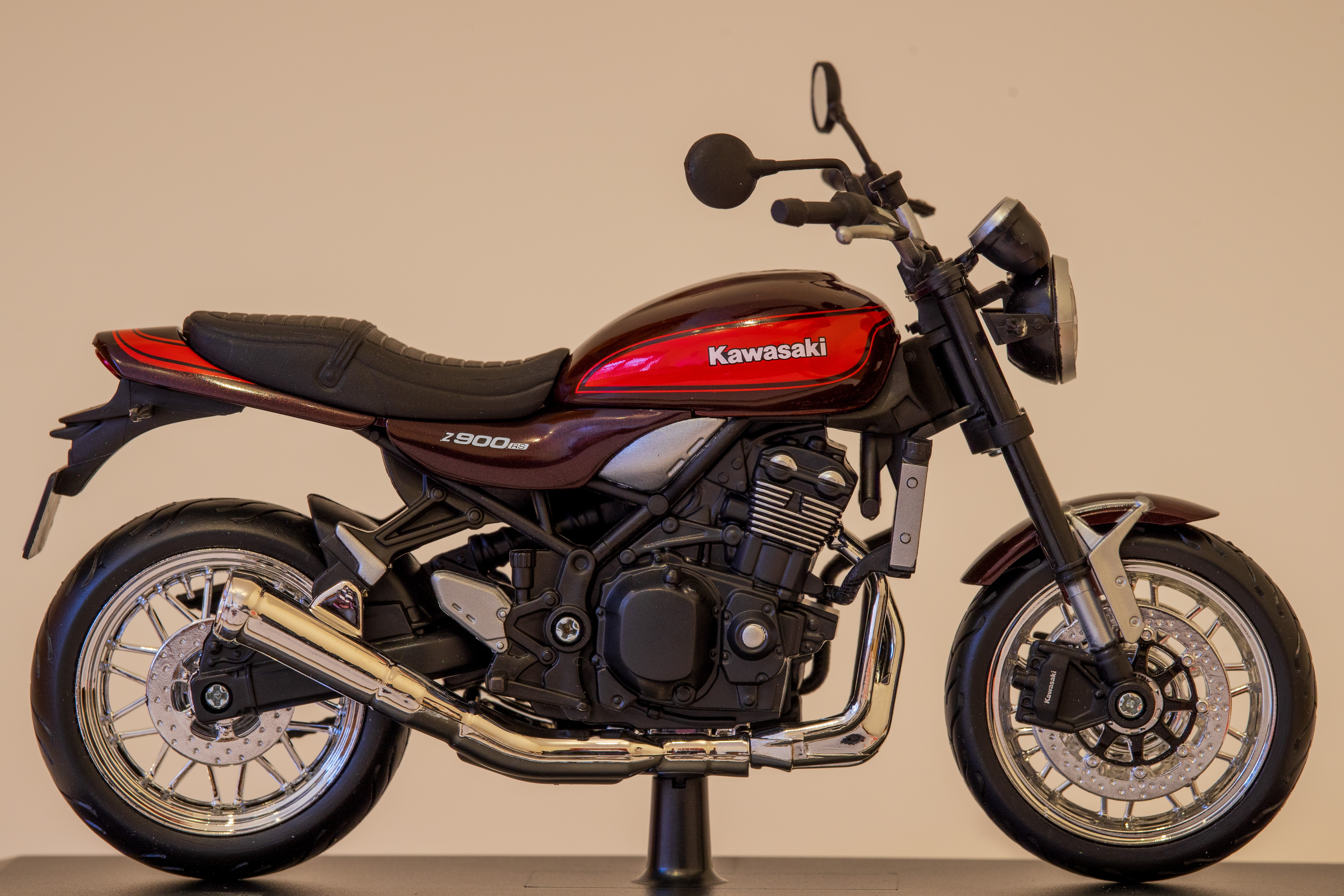
Bokeh is arguably every bit as (or more) important than outright sharpness for this type of lens. Again the Viltrox impresses, giving a rich and dreamy smoothness to defocused areas within images. There’s also a nice and natural looking roll-off in the transition between focused and defocused areas, with minimal axial chromatic aberration – a phenomenon that gives color fringing around high-contrast edges in a scene that fall just in front of or behind the point of focus. ‘Fast’ lenses sometimes fall at this particular hurdle.

As confirmed in our lab tests, the lens does well to suppress both lateral as well as axial color fringing. There’s also very little distortion, even when uncorrected in-camera, with just a hint of pincushion.
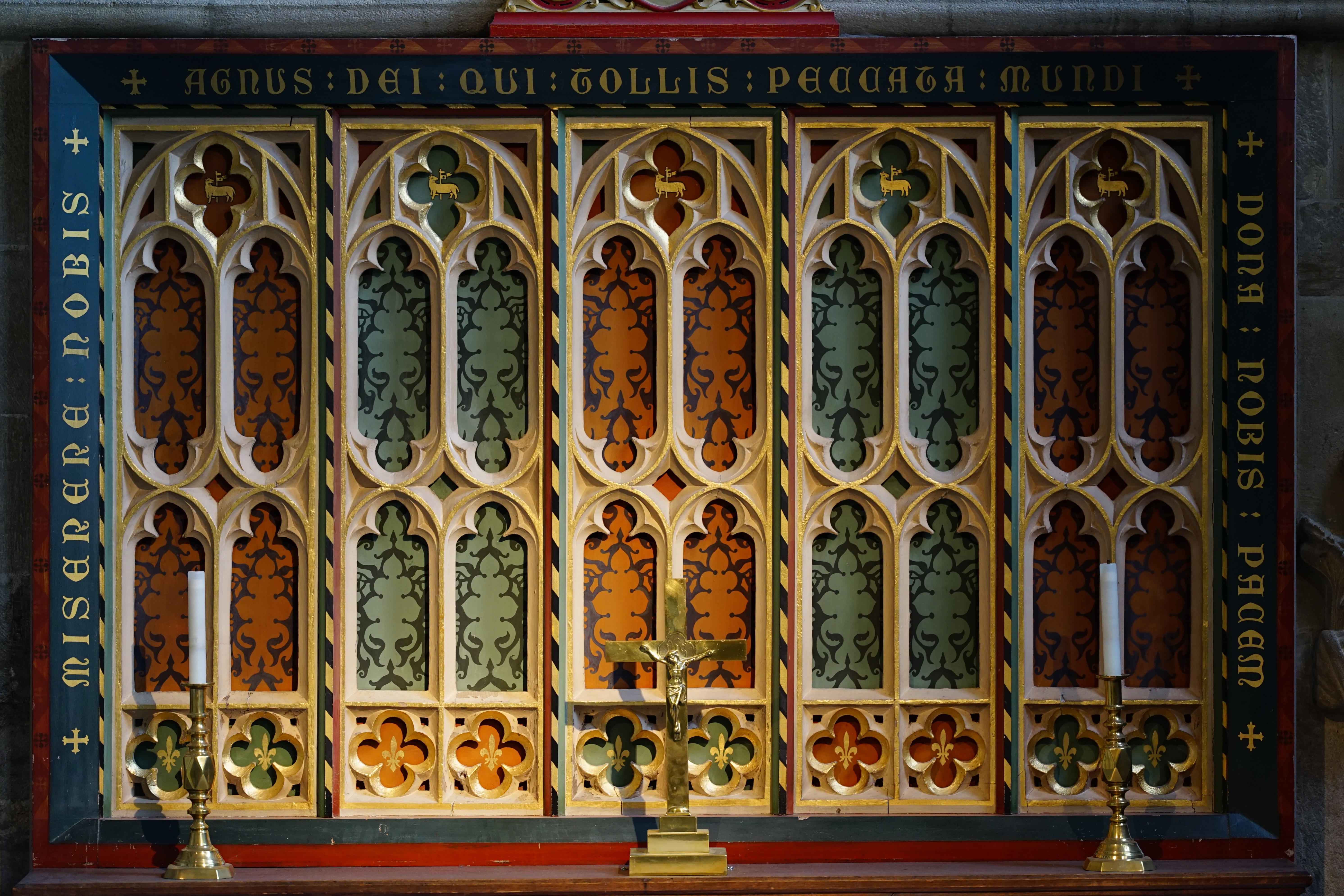
One area of concern with lenses that major on bokeh is the dreaded ‘onion ring’ effect in defocused lights or bright spots. This shows up as dark concentric circles within bokeh disks, but the Viltrox proved very good at keeping this aberration to a minimum. Similarly, the circumference of bokeh disks isn’t overly hard, However, as is often the case, bokeh disks take on irregular shapes towards the edges and corners of the image frame.
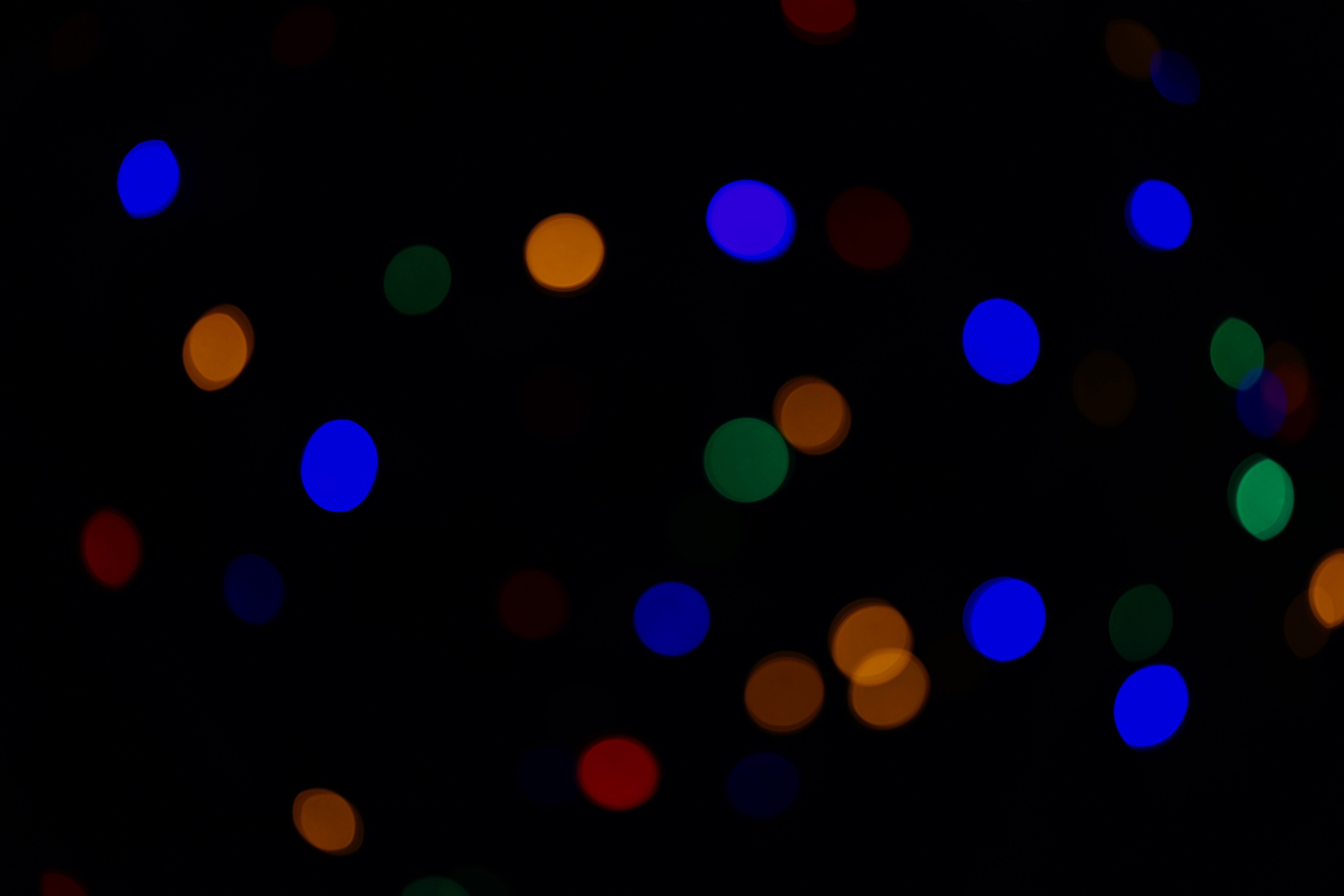
Viltrox AF 135mm F1.8 LAB: Sample Images
The following gallery of example images was mostly shot at Wells cathedral in the UK’s county of Somerset. The final shot is a close-up of two toy soldiers, taken near the minimum focus distance at f/1.8, focusing on the closest with the second placed about 4 inches behind it.
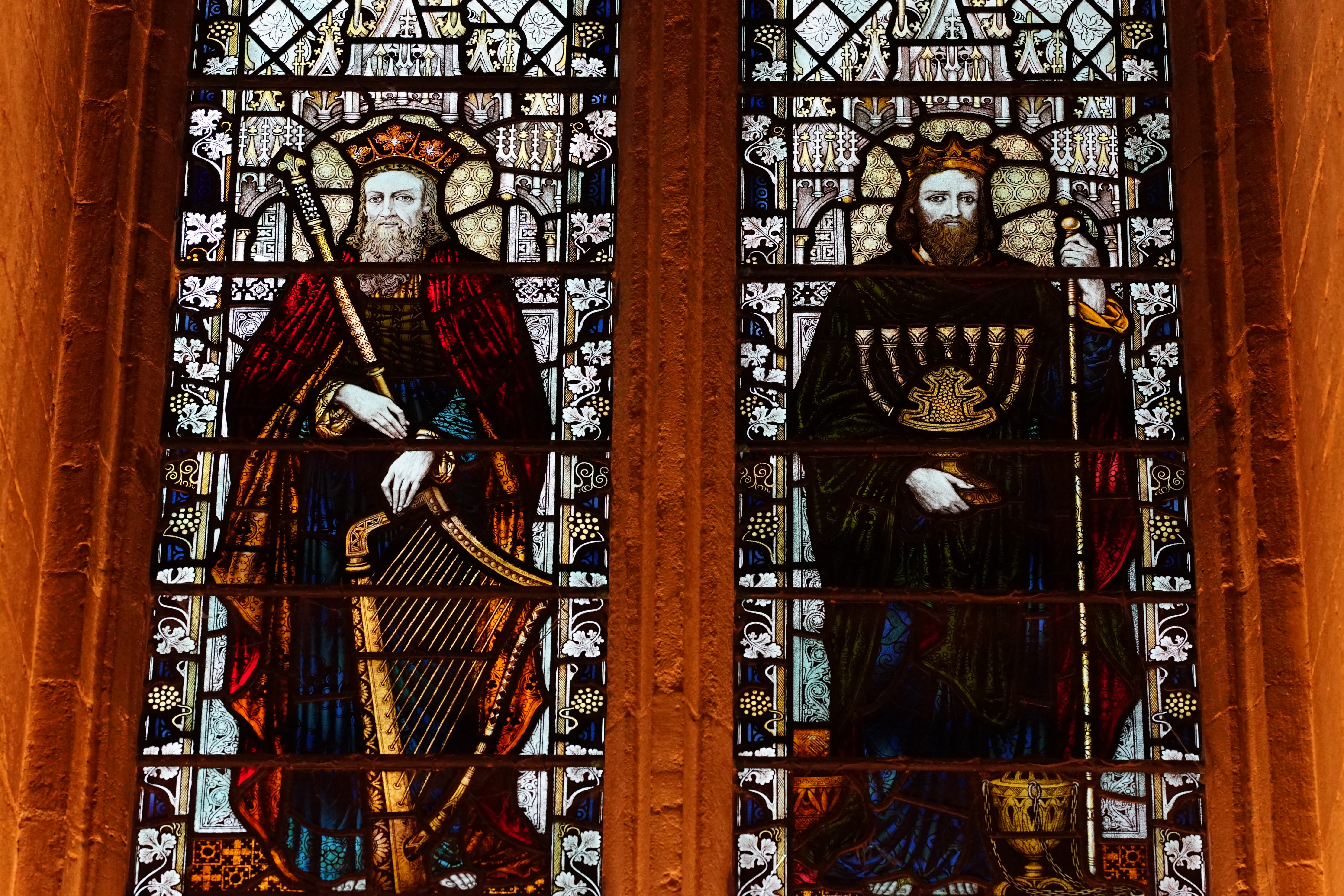
EXIF: Sony A7 II + Viltrox AF 135mm F1.8 LAB (1/160 sec, f/5.6, ISO 3200)

EXIF: Sony A7 II + Viltrox AF 135mm F1.8 LAB (1/160 sec, f/4, ISO 200)
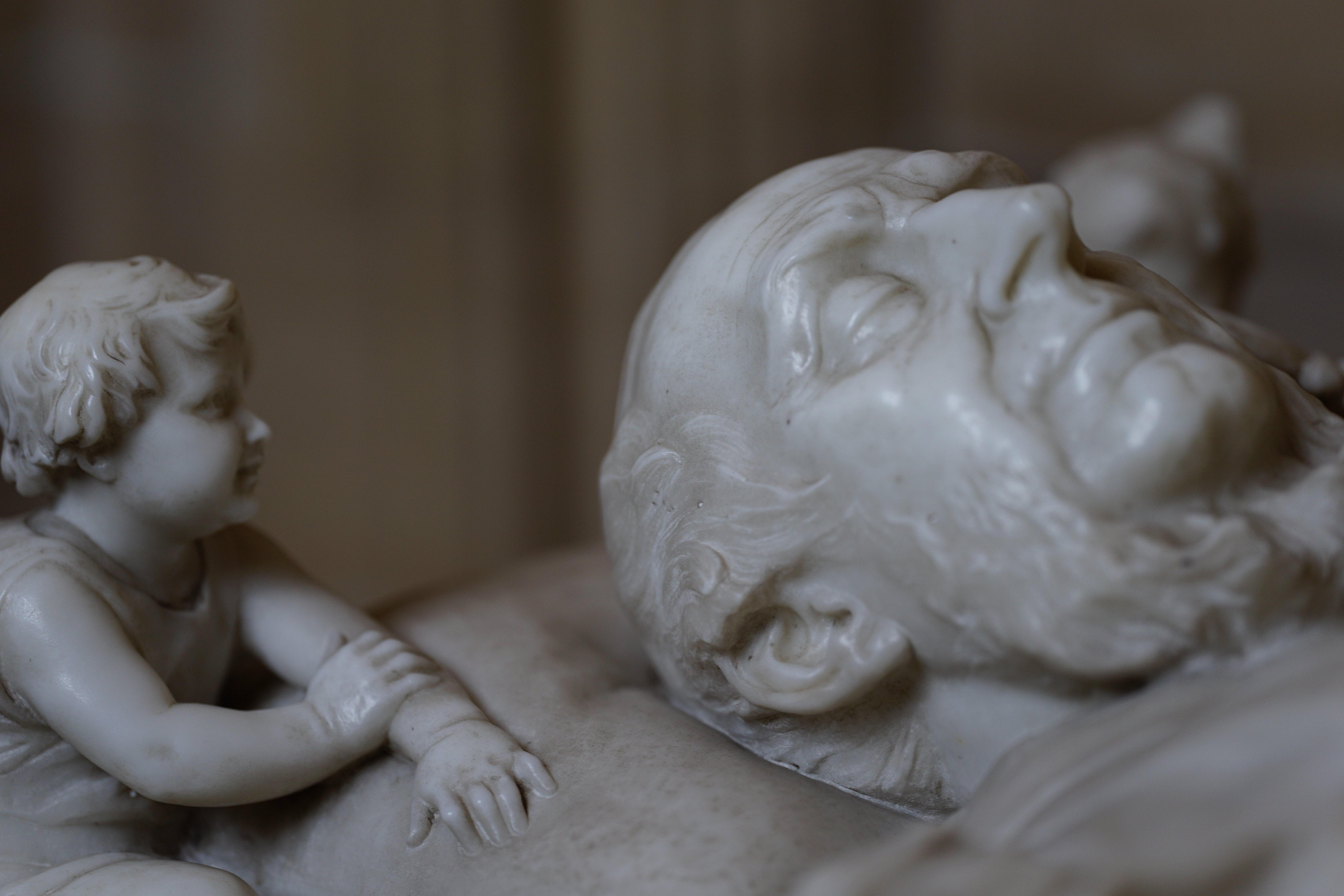
EXIF: Sony A7 II + Viltrox AF 135mm F1.8 LAB (1/160 sec, f/1.8, ISO 1000)

EXIF: Sony A7 II + Viltrox AF 135mm F1.8 LAB (1/160 sec, f/1.8, ISO 1600)

EXIF: Sony A7 II + Viltrox AF 135mm F1.8 LAB (1/160 sec, f/1.8, ISO 2500)

EXIF: Sony A7 II + Viltrox AF 135mm F1.8 LAB (1/160 sec, f/1.8, ISO 5000)

EXIF: Sony A7 II + Viltrox AF 135mm F1.8 LAB (1/160 sec, f/1.8, ISO 2500)

EXIF: Sony A7 II + Viltrox AF 135mm F1.8 LAB (1/160 sec, f/1.8, ISO 1600)
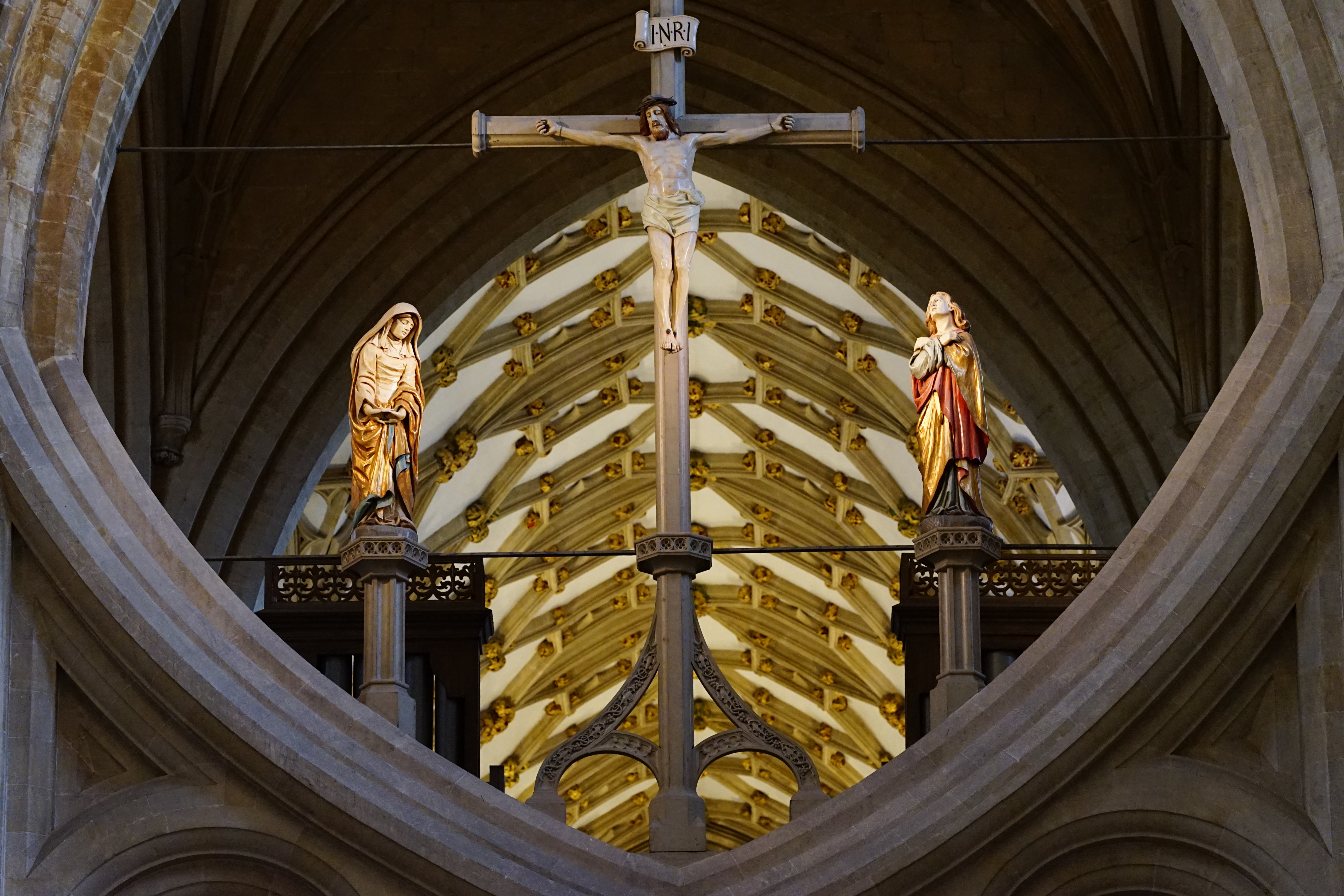
EXIF: Sony A7 II + Viltrox AF 135mm F1.8 LAB (1/160 sec, f/4, ISO 5000)
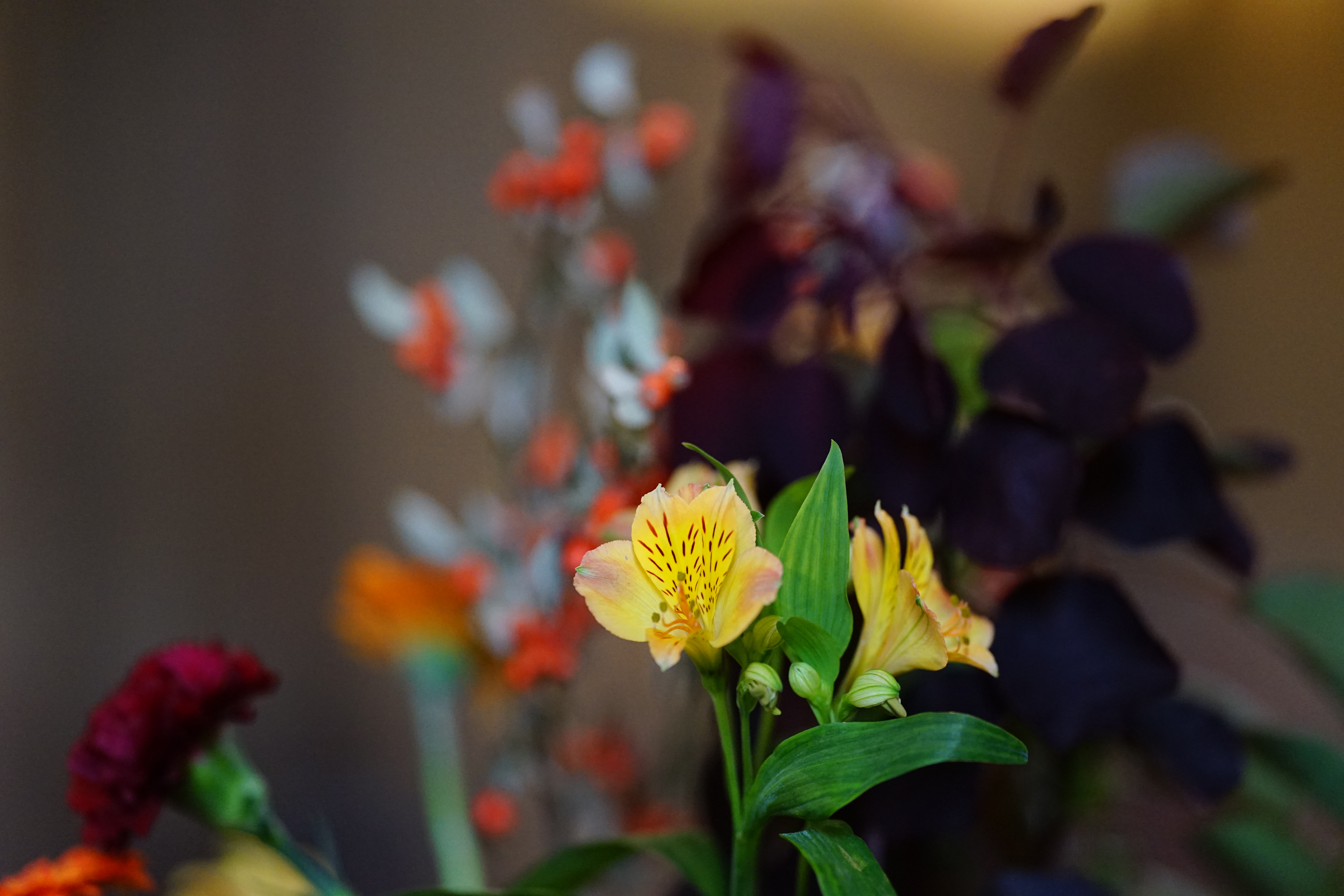
EXIF: Sony A7 II + Viltrox AF 135mm F1.8 LAB (1/160 sec, f/1.8, ISO 3200)
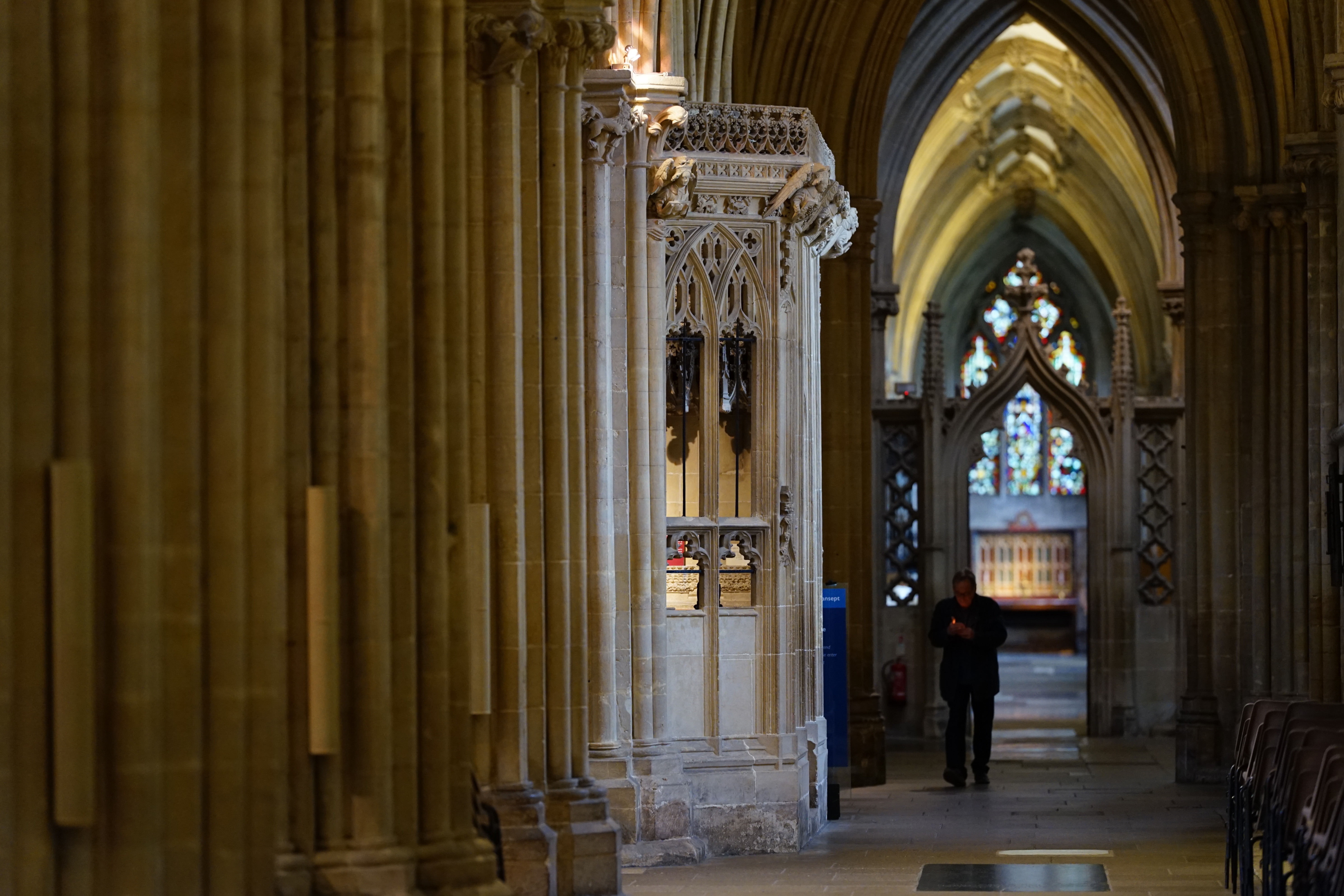
EXIF: Sony A7 II + Viltrox AF 135mm F1.8 LAB (1/160 sec, f/1.8, ISO 2000)

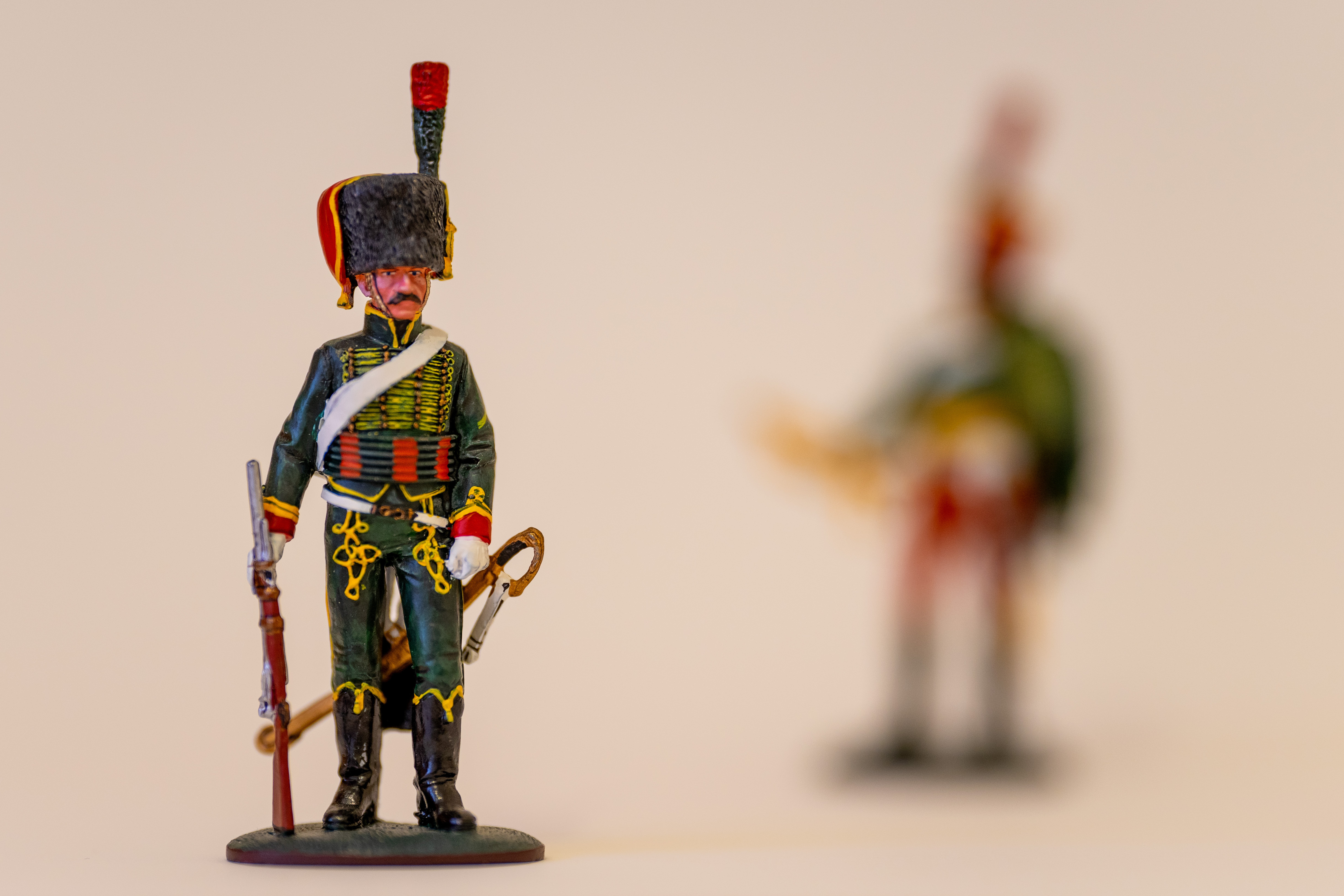
EXIF: Sony A7 II + Viltrox AF 135mm F1.8 LAB (1/40 sec, f/1.8, ISO 200)
Viltrox AF 135mm F1.8 LAB: Lab Results
We run a range of lab tests under controlled conditions, using the Imatest Master testing suite. Photos of test charts are taken across the range of apertures and zooms (where available), then analyzed for sharpness, distortion and chromatic aberrations.
We use Imatest SFR (spatial frequency response) charts and analysis software to plot lens resolution at the center of the image frame, corners and mid-point distances, across the range of aperture settings and, with zoom lenses, at four different focal lengths. The tests also measure distortion and color fringing (chromatic aberration).
Sharpness:

Shooting wide-open at f/1.8, the Viltrox beats much pricier Nikon and Sony 135mm competitors for sharpness away from the center of the frame. Overall sharpness is not only excellent across the whole image frame, but also reassuringly consistent throughout the aperture range.
Fringing:
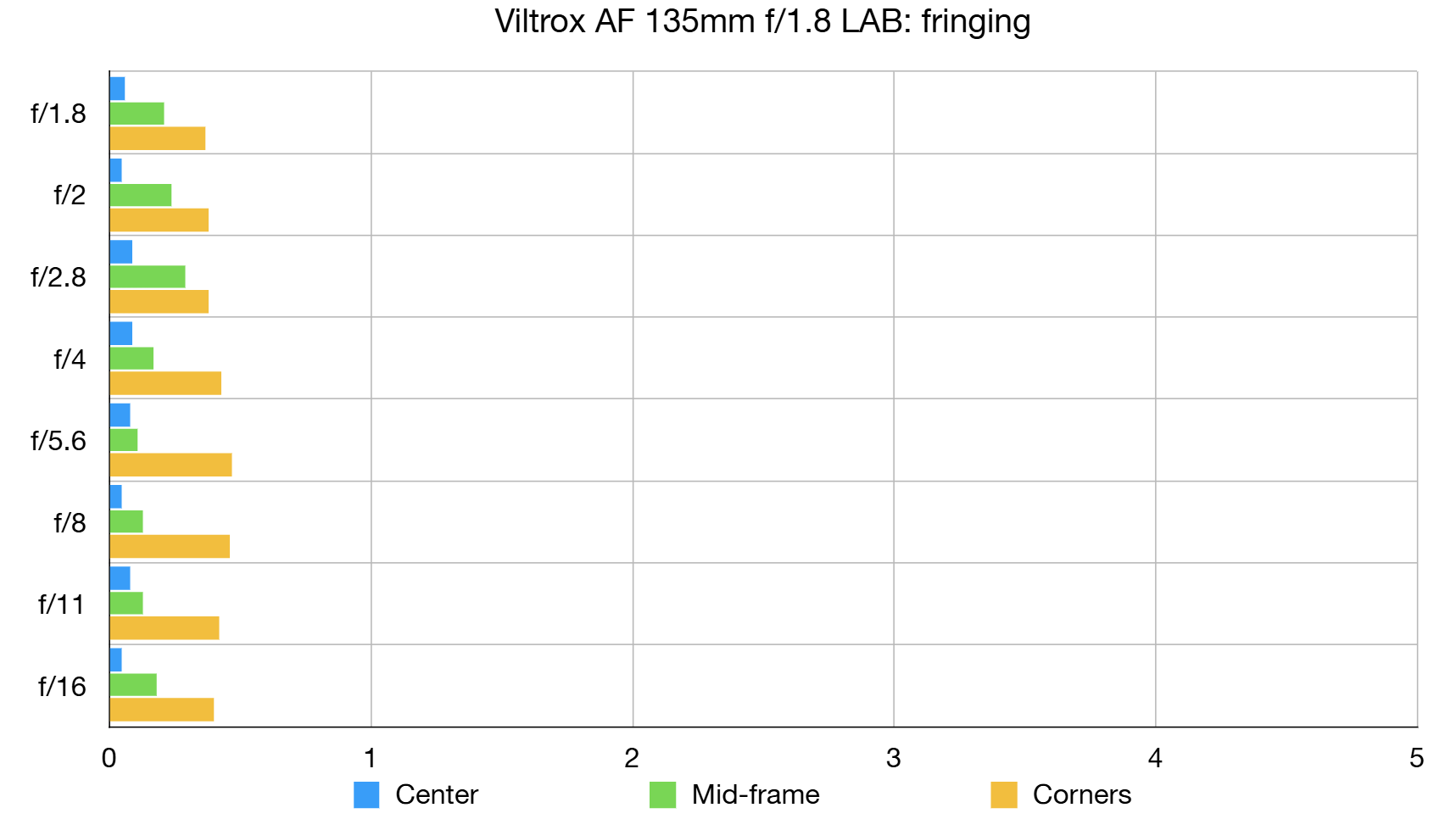
The lens does well to keep both axial and lateral chromatic aberrations to a minimum, the latter even out at the extreme edges and corners of the frame. The automatic correction in Nikon and Sony cameras is rarely needed, if at all.
Distortion: 0.35
There’s a slight touch of pincushion distortion but, even when shooting subjects with very straight edges, it’s generally hard to spot. And that’s with in-camera correction switched off.
Viltrox AF 135mm F1.8 LAB: Verdict
As far as I’m concerned, the Viltrox AF 135mm F1.8 LAB looks and feels a really high-quality lens. The combination of focal length and fast aperture mean that it’s necessarily big and chunky but I love that the extra space is put to good use, with a click/de-click aperture control ring, dual customizable function buttons and even a color LCD info display. All in all, I find that handling is exemplary. Most importantly, image quality is beautiful, combining excellent sharpness and clarity with super-smooth bokeh. All things considered, this Viltrox lens is excellent value for money at the price, especially compared with own-brand competitors from Nikon and Sony.
| Features | High-end features include customizable control rings, function buttons and an LCD info display. | ★★★★★ |
| Design | The lens is necessarily big and hefty but the overall design is high-grade and luxurious. | ★★★★★ |
| Performance | Performance is impressive in all respects, with deeply satisfying image quality. | ★★★★★ |
| Value | Compared with own-brand lenses from various camera manufacturers, it’s a steal at the price. | ★★★★★ |
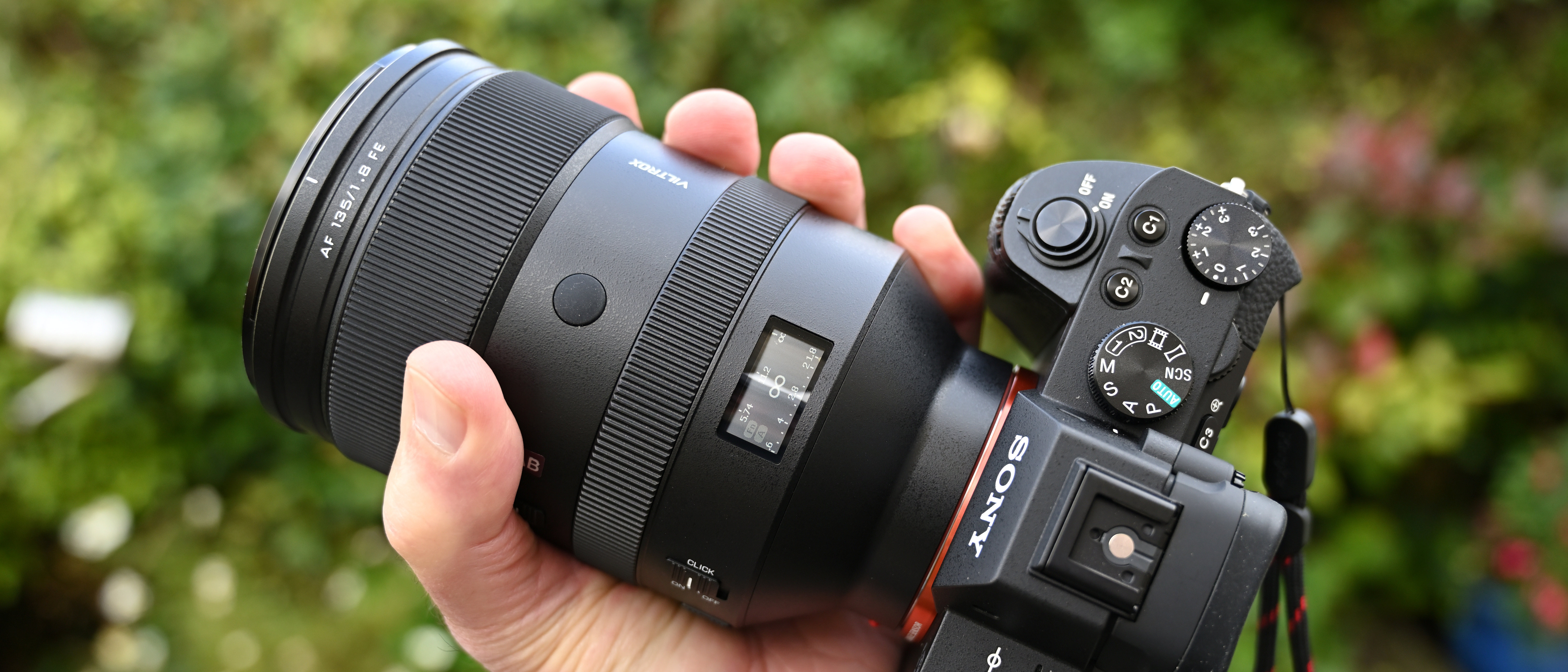
Should you buy the Viltrox AF 135mm F1.8 LAB?
✅ Buy this...
- You’re after a highly capable lens that’s ideal for head & shoulders portraiture, still life and more besides, but don’t want to pay over the odds.
- You fancy a high-tech lens that features dual control rings, two function buttons and even a color LCD info screen.
🚫 Don't buy this...
- You’d rather have the versatility of a zoom lens and don’t mind a slower f/2.8 aperture rating, in which case a 70-200mm f/2.8 ‘trinity’ telephoto zoom would be more ideal.
- You’d prefer a macro lens for extreme close-ups. If so, you’d be better off with a 1.0x/1:1 100mm (or thereabouts) f/2.8 macro lens, which can also work well for portraiture.
Alternatives
The Nikon Z 135mm f/1.8 S Plena sells for $2497/£2649 and is an absolutely sublime lens that combines excellent sharpness and clarity with absolutely beautiful bokeh. It’s not often that Nikon gives a special name like ‘Plena’ to one of its lenses.
As one of Sony’s top-flight G Master lenses, the Sony FE 135mm f/1.8 G Master aims for sharpness and clarity with super-smooth bokeh, aided by an 11-blade aperture diaphragm. It costs around $2098/£1599.
Matthew Richards is a photographer and journalist who has spent years using and reviewing all manner of photo gear. He is Digital Camera World's principal lens reviewer – and has tested more primes and zooms than most people have had hot dinners!
His expertise with equipment doesn’t end there, though. He is also an encyclopedia when it comes to all manner of cameras, camera holsters and bags, flashguns, tripods and heads, printers, papers and inks, and just about anything imaging-related.
In an earlier life he was a broadcast engineer at the BBC, as well as a former editor of PC Guide.

